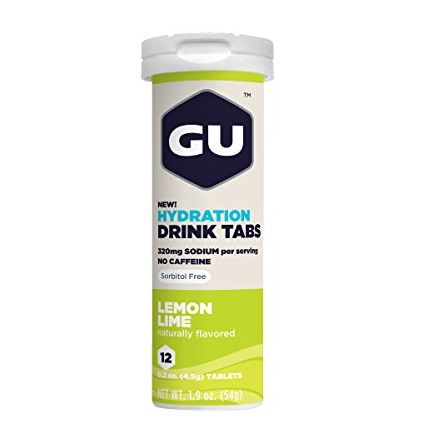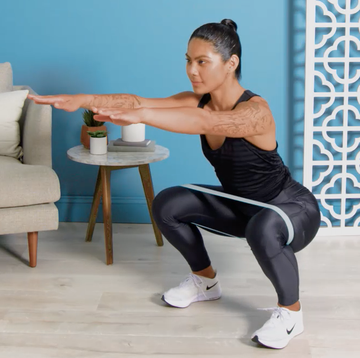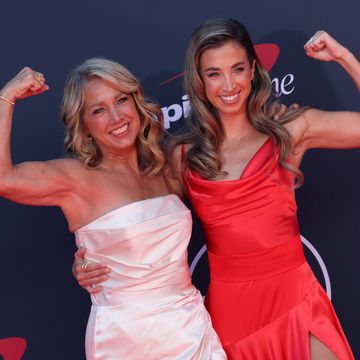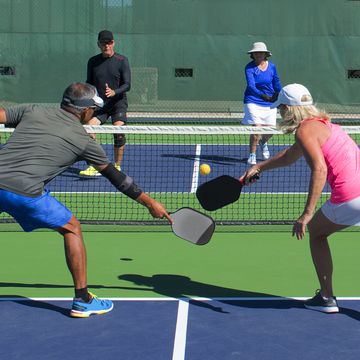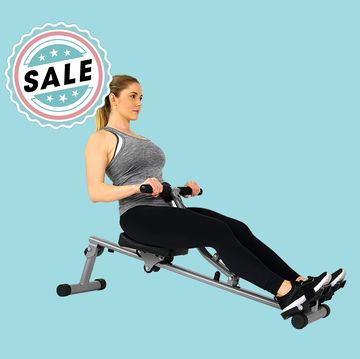Ever since Gatorade debuted its neon-colored beverages back in 1965, athletes and fitness enthusiasts are seemingly obsessed with getting enough electrolytes. Today, sports drinks are just one of the countless ways to get your fill. The supplement aisle is also filled with hydration tablets, gummy chews, gels, and even pills to keep levels up. But generally speaking, how electrolytes work isn’t exactly common knowledge. So let’s talk about it.
What are electrolytes?
Electrolytes, found in sports nutrition products as well as whole foods like bananas and sweet potatoes, are minerals that have a natural electric charge when dissolved in water, per the Cleveland Clinic. Once they’re in your system, they have two primary jobs: They chemically balance the fluid in your body to help your cells function properly, and they spark nerve impulses. “These impulses allow muscles to contract, which keeps the heart beating and the body moving,” explains Allison Childress, Ph.D., R.D.N., C.S.S.D., a professor of nutritional science at Texas Tech University.
Electrolytes also keep you hydrated. When you sweat, you lose water along with electrolytes like sodium, potassium calcium, magnesium, phosphate, and chlorine. Without enough of these minerals in your body, you can’t retain the water you’re chugging during workouts or on a hot day, which, ironically enough, can lead to dehydration.
Why are electrolytes important?
Electrolytes are essential for the body to run efficiently and smoothly. However, most of the time, getting the right balance of them is kind of like getting enough oxygen: We do it without having to try.
“In healthy people, our bodies generally do an outstanding job of maintaining fluid balance,” says Ritanne Duszak, R.D., a Philadelphia-based running and triathlon coach. If you’re adequately hydrated (read: you’re not thirsty, and your pee is clear or pale yellow) and are eating normally, your electrolyte levels are probably fine. “For the vast majority of people, your regular diet is going to be the best source of electrolytes,” Duszak adds.
That said, there are a few exceptions. We lose electrolytes through sweat, so if you’re active for extended periods (an hour or longer) or are in a hot or humid climate, you might need to make more of an effort to replenish your stores, Childress says. Otherwise, you could end up dehydrated with an electrolyte imbalance, which not only makes it hard to keep working out, it could also cause dizziness and fainting. A stomach bug, a.k.a. vomiting and diarrhea, can also cause an imbalance due to fluid loss.
The best electrolyte drinks
If you’re working out for an extended period or in extreme heat, an electrolyte drink like Gatorade or Powerade might be a good option. “They may be appropriate for rapid rehydration to quickly restore the body to pre-activity electrolyte levels for someone doing an intense workout for more than an hour,” Duszak explains. In other words, if you’re training for a marathon, or doing a long workout in the middle of a summer day, a sports drink can be beneficial.
The downside? These beverages tend to be loaded with sugar. For that reason, low-cal, sugar-free electrolyte drink tablets (which you pop into a water bottle) like nuun and Gu Hydration are a better choice. There are also electrolyte powders, which similarly, dissolve in a glass of water and are often less sugar-loaded than your typical sports drink. In a pinch (and especially if you’re sick), good ’ole unflavored Pedialyte will even do the trick.
Electrolyte-rich foods to eat
If you’d rather steer clear of commercial electrolyte products altogether, you can replenish your electrolytes with a glass of water and a smart snack. For instance, bananas, spinach, milk, and yogurt are all good sources of electrolyte minerals, Childress says. (Post-workout green smoothie, anyone?) A sweet potato sprinkled with sea salt is another good option. “The potato is jam-packed with potassium, and the salt will increase the sodium content,” Duszak explains. Some other sources of electrolytes include:
Electrolyte deficiency symptoms
If you’re dehydrated, you’re probably low on electrolytes too. So take notice of signals that indicate you need to take in more water and electrolyte-rich foods. Dark-colored pee or peeing less often are two telltale signs. Headache, fatigue, and rapid heartbeat can also be symptoms of dehydration, Duszak says.
If you want to figure out whether you need to replenish your electrolytes after a workout, hop on the scale before and after exercising. If you’ve lost 2% or more of your body weight, there’s a good chance you’re dehydrated and could use some H2O and electrolytes, Duszak says.
If you’re still unsure that you’re refueling properly, consider meeting with a registered dietitian who specializes in sports nutrition. Your R.D. can assess your workouts to help you get a better handle on electrolyte loss—and recommend the best ways to replenish your body.




